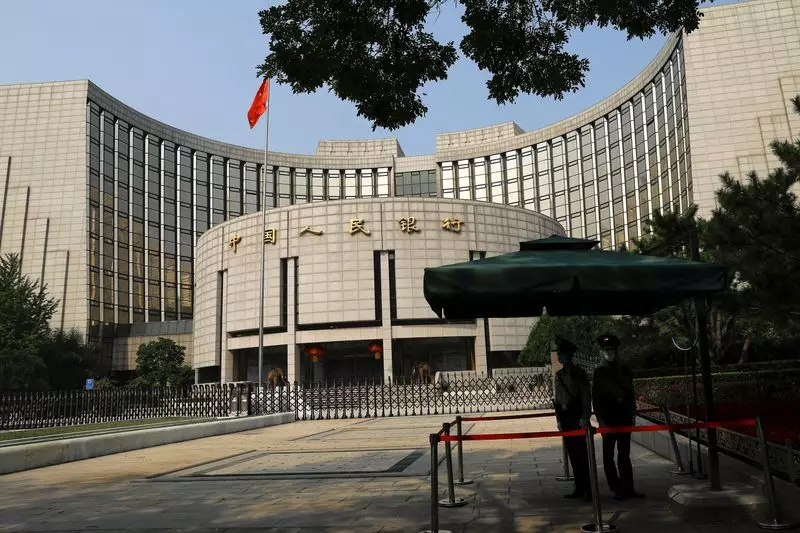In recent statements, the People’s Bank of China (PBOC) indicated a likely reduction in interest rates from the current benchmark of 1.5% sometime in 2025. This signal of forthcoming monetary policy easing reflects a significant shift in the Central Bank’s strategy towards a more market-driven interest rate framework. This analysis explores the implications and underlying motives behind these proposed changes, taking into account the broader economic environment in China.
The PBOC’s announcement aligns with its commitment to legislation aimed at promoting a market-oriented interest rate structure. Historically, China’s monetary policy has relied heavily on quantitative controls to manage loan growth. However, recent statements indicate a decisive move away from these quantitative targets, prioritizing interest rate adjustments as a more effective tool for influencing credit demand. Such a shift underscores the bank’s recognition of evolving economic dynamics and the need for a responsive monetary framework.
The bank’s evolution towards interest rate management arises from both domestic and international pressures. The PBOC has acknowledged the demanding task of creating an effective interest rate reform framework. During these reforms, the central bank emphasizes the importance of interest rate adjustments in enhancing the formation and transmission of interest rates that align with market behavior, reflecting a broader acceptance of capitalist mechanisms in its financial ecosystem.
Recent fluctuations in China’s treasury yields, with both 10-year and 30-year yields falling to historic lows, exemplify investor expectations of impending monetary easing. The prevailing economic sentiment suggests a need for immediate action as the PBOC navigates challenging economic waters. Market observers assert that the central bank’s strategies must underpin a structural transformation of the economy—one that pivots from heavy reliance on manufacturing and state-driven investment toward fostering organic growth driven by household demand.
The last adjustment in China’s seven-day reverse repo rate, a critical economic bellwether, highlights the necessity of changes in monetary policy. The central bank reduced this rate to 1.5% from 1.7% in September, signaling that more cuts may emerge as officials contend with stagnating economic indicators. It is clear that maintaining an accommodative monetary environment is crucial for stimulating both investments and consumer spending.
Amid a tumultuous backdrop of trade tensions, notably with the United States, the Politburo has acknowledged a shift in monetary policy orientation. The decision to transition from a “prudent” to “appropriately loose” stance reflects a recognition of the pressing challenges facing China’s economy as it attempts to foster resilience. Government advisors are advocating for an unchanged growth target but underscore the necessity for vigorous fiscal stimulus to rejuvenate the faltering demand among consumers.
One of the key factors influencing this shift is China’s ongoing property market crisis, contributing to a backdrop of declining household wealth. As consumer spending wanes, the emphasis must be placed on profound structural alterations both in the economy and within its financial institutions, exemplified by the central bank’s shift to a more flexible rate-setting approach.
The PBOC’s forthcoming interest rate cuts signal an important recalibration of China’s monetary policy landscape, aiming for resilience against both domestic economic challenges and international innovations. By prioritizing interest rate adjustments over rigid quantitative controls, the central bank is taking a bold step toward fostering a robust, market-responsive economic environment. Future policies must not only focus on interest rates but must also embrace structural reforms in capital markets to effectively stimulate growth and reduce China’s reliance on external dependencies.
The road ahead is intricate and full of obstacles; however, the clarity in the PBOC’s current direction does provide optimism for economic recovery and sustainable development in China’s complex economic framework. As the world’s second-largest economy continues to adapt, its success will hinge upon a seamless transition into a market-oriented paradigm that encourages innovation, consumer spending, and a diversified economic ecosystem.

